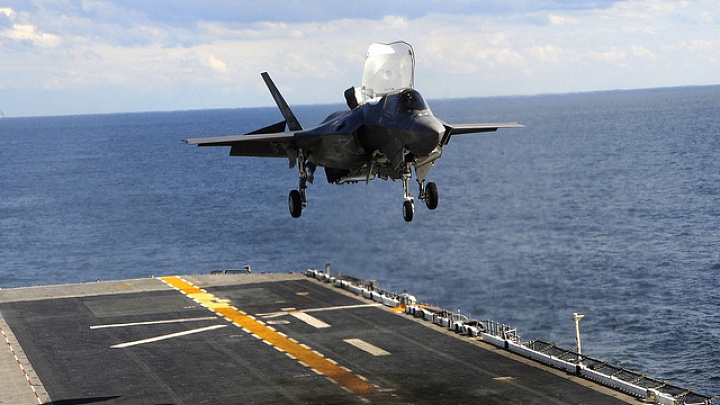IN a recent article in Foreign Policy, Admiral James Stavridis argues that the model of counterinsurgency implemented in Colombia over the past decade could and should be applied to restive countries in the Arab world. The piece cites encouraging statistics from Colombia, such as sharp declines in kidnappings and homicides, which serve as evidence of the program’s successes. Today there is enormous progress in Colombia, he writes. And its worth pausing, if not to celebrate these accomplishments quite yet, then at least to consider the lessons we might apply as we grapple with seemingly intractable problems across the Arab world.
The achievements in homicide reduction and kidnapping in Colombia are real, and they are impressive. What Admiral Stavridis’ article ignores is the cost borne by civilian populations to achieve those goals. Counterinsurgency in Colombia during the administration of Álvaro Uribe (2002-2010) was buoyed by historic levels of United States funding for military assistance, as Admiral Stavridis recounts. But it also relied heavily upon paramilitary organizations (autodefensas), originally formed in the early 1980s and united in the late 1990s under the banner of the Autodefensas Unidas de Colombia (AUC). Under the nominal guise of counterinsurgency, but with the more nefarious goal of large-scale accumulation of the country’s most productive agricultural land, the AUC terrorized civilian populations. Levels of forced displacement during the Uribe administration were shockingly high according to the Center for Historical Memory, between 2003 and 2012 more than 2.7 million people were displaced massacres of civilians were commonplace, and collusion between militias and military officers was endemic. This created a new generation of victims in an already-protracted conflict.
In addition to the direct effect of paramilitary abuses, the strategy of tolerating and relying on such pro-state militias helped spawn another wave of armed groups in Colombia. Following a flawed demobilization process for paramilitaries in the mid-2000s, through the Justice and Peace Law, former paramilitary fighters reconstituted themselves as criminal gangs (known as bandas criminales). They now control a significant portion of the drug trade, important ports, and continue to be responsible for severe human rights abuses. This is a clear consequence of having emboldened the AUC. Former insurgents also switched sides to join paramilitaries and their successor organizations; in my own coauthored research, we show that paramilitaries were able to successfully induce insurgents to defect to their ranks, undermining state efforts to convince insurgents to demobilize and rejoin civilian life.
It is therefore both misleading and misguided to tout the successes of the Colombian case while glossing over the human suffering occasioned by Uribe-era strategies. Exporting the Colombian model of counterinsurgency would ultimately mean emboldening militias with financial assistance, military training, and political legitimacy – in ways that governments in the Arab world will regret. Given the difficulty of credibly ensuring militia demobilizations once an insurgency ends, government collusion also brings with it considerable medium and long-term strategic risks.
It remains to be seen how the steps taken by the current administration of Juan Manuel Santos – including negotiating with insurgents, instituting for the first time a reparations program to provide victims of the conflict with recognition and monetary benefits, and initiating a land restitution process for displaced populations – will affect ongoing conflict dynamics and the long-term prospects for peace. Talks with the largest rebel group, the FARC, continue to move along slowly, with agreement having been achieved on three out of six agenda items. Negotiations between the government and the second-largest rebel group, the ELN, may formally begin in the coming months. Regardless of the ultimate success or failure of these peacemaking efforts, the strategy of counterinsurgency held up as a model by Admiral Stavridis and others had sharply negative human consequences that still haunt Colombia. A more critical acknowledgment of the role of paramilitaries in Colombia’s campaign against the insurgency is essential before recommending that other countries follow in its footsteps.
Michael Weintraub is an assistant professor of political science at Binghamton University (SUNY), has conducted extensive fieldwork in Colombia, and writes on armed group behavior in civil war.

